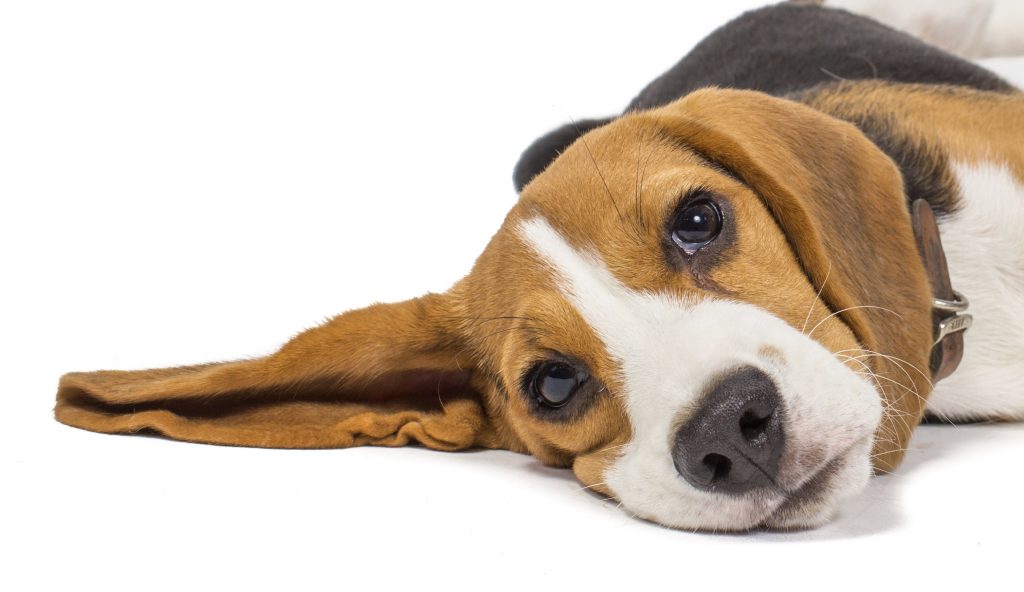
By: Dr. Al Townshend
For the purpose of this article, we will limit the discussion to the outer ear or pinna.
Checking the ears at home on a regular basis between veterinary visits is important. The most common problem that occurs in the dog’s ear is infection.
Certain breeds have an increased risk of infection. Dogs with drooping ears, especially those with a thick hair coat on the ears, and those with hair that naturally grows in the ears are at greater risk.
Symptoms of a problem and possible infection include:
There are a variety of causes of an ear infection. Because the ear canal is a long, warm, dark and moist environment, bacteria yeasts, viruses and even mites have the potential to infect.
In addition, wax buildup, foreign bodies like grass awns, allergies, thyroid disorders, autoimmune disorders and injuries also have the potential to start an infection.
Prevention involves checking the ears and cleaning when necessary. Breeds like the poodle that naturally can have hair growing in the ear canal may need to go to the groomer or veterinarian to remove the hair when necessary. There are many descriptions of how to clean the ears but my suggestion is that you have your veterinarian or a veterinary Technician show you just how to clean the ears and suggest the tools needed.
For a printed instruction, the veterinary school at Washington State University Vet Med has a good pictorial.
Additional Resources:
To find more healthy habits or pet cancer information visit our info hub homepage.